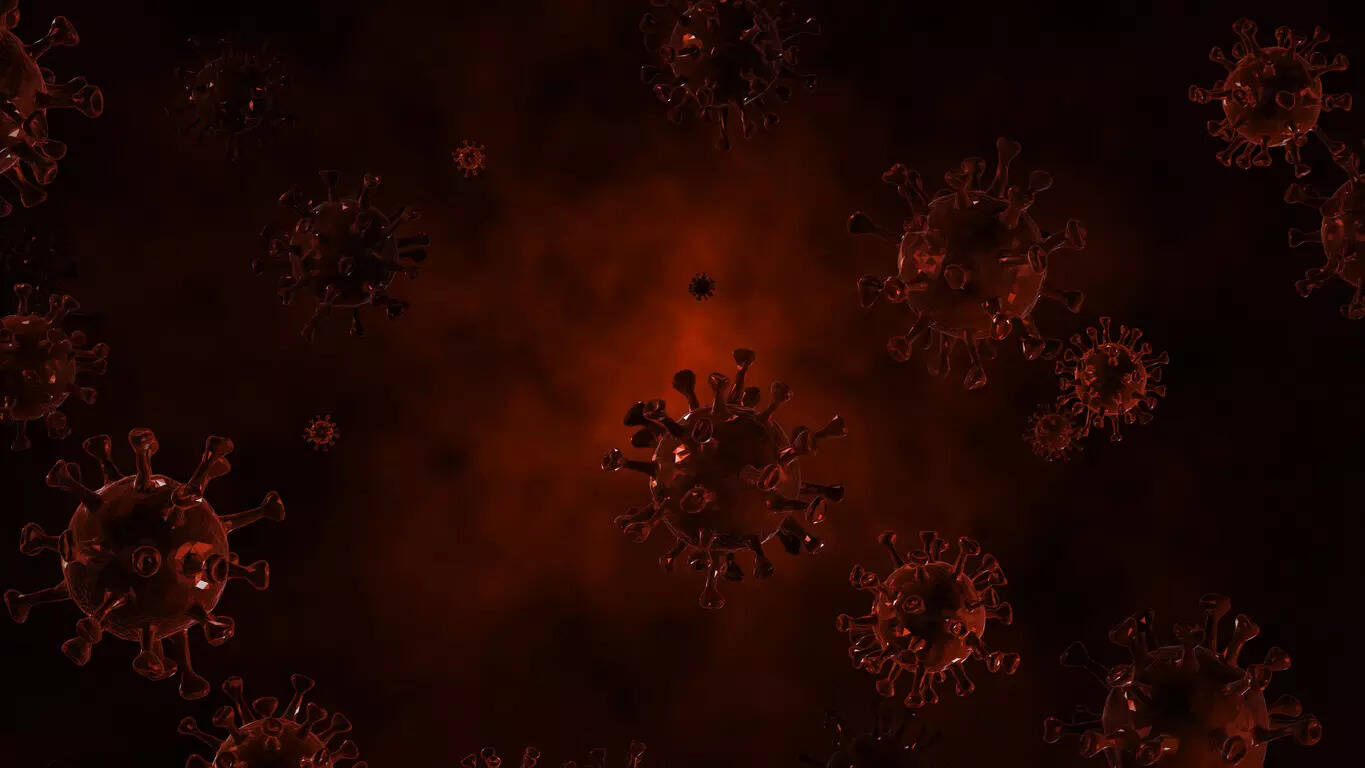
New Delhi: The United States is seeing a rise in Covid-19 activity, with the sharpest increases recorded in the west. The Centres for Disease Control and Prevention (CDC) says that nationwide wastewater virus levels have climbed from “low” to “moderate” in the past week.
The highest readings are concentrated in Alaska, California, Colorado, Nevada and Utah, all classified as “high”. Louisiana leads in the southeast, where levels are also elevated.
“Wastewater monitoring can detect viruses spreading from one person to another within a community earlier than clinical testing and before people who are sick go to their doctor or hospital,” the CDC says. “It can also detect infections without symptoms. If you see increased wastewater viral activity levels, it might indicate that there is a higher risk of infection.”
Wastewater surveillance is being used as an early-warning system for new waves, with California’s own data now showing higher levels than during last winter’s peak.
Covid cases growing in most states
As of Tuesday, the CDC estimates cases are rising or likely rising in 45 states, up from 40 last week. Only Alaska, North Dakota, Maine and New Hampshire showed no change. Wyoming’s trend was not available.
While the pace of increase is slower than in past surges, health officials say immunity from previous infections and vaccinations varies widely, making it hard to predict how severe the current wave could be.
‘Stratus’ variant becomes more prominent
The XFG variant, nicknamed “Stratus,” is now the third most common strain in the US this summer. First detected in Southeast Asia in January, it went largely unnoticed in America until May. By late June it accounted for 14 per cent of cases, behind NB.1.8.1 and LP.8.1.
XFG is a combination of the F.7 and LP.8.1.2 variants, the latter being the second most prevalent in the country. It carries mutations that may help it evade immune defences, though scientists say it is less likely to be highly contagious than other dominant strains.
“There is currently no clear evidence that XFG causes more severe disease or significantly different symptoms than earlier Omicron variants,” said Subhash Verma, professor of microbiology and immunology at the University of Nevada, Reno. “Importantly, there are no immediate public health concerns associated with this variant.”
WHO risk assessment and vaccine effectiveness
In June, the World Health Organization placed XFG on its watchlist but rated its global public health risk as low. “Currently approved COVID-19 vaccines are expected to remain effective to this variant against symptomatic and severe disease,” the WHO said in its June report.
The CDC’s shift to longer reporting timeframes is partly due to lower data submissions from states, which means the real spread may be higher than official estimates.
Covid ‘Stratus’ variant: Symptoms and public advice
The CDC lists the common Covid-19 symptoms as fever or chills, cough, shortness of breath, sore throat, congestion, loss of taste or smell, fatigue, muscle aches, headache, nausea or vomiting. Hoarseness has been reported anecdotally with XFG, though there is no confirmed link.
People are advised to seek urgent medical attention for breathing difficulties, persistent chest pain, confusion, inability to wake, or changes in skin colour such as pale, grey or blue lips and nail beds.
Concerns over vaccine policy changes
The increase in cases comes shortly after the US Department of Health and Human Services announced it will terminate 22 federal contracts for mRNA-based vaccines. The move has sparked debate about the future of a technology credited with saving millions of lives during the pandemic.
During a CBS interview in July, physician Jon LaPook said the pattern of rising summer cases is now familiar. “We now know that there’s a winter spike and then there’s a summer spike,” he said. “And every year, the number of deaths, the number of hospitalisations, is gradually going down each season. So that’s the good news.”
However, experts say it is still too soon to tell how big the late-summer wave will be, especially with changes to vaccine recommendations and varying levels of immunity across the population.